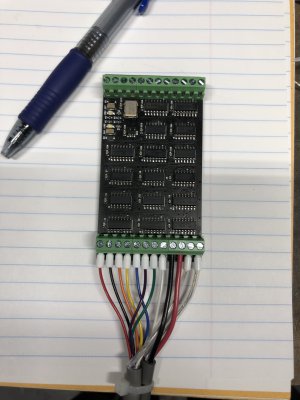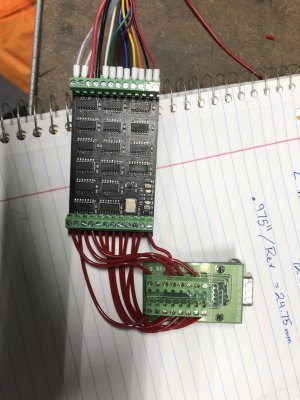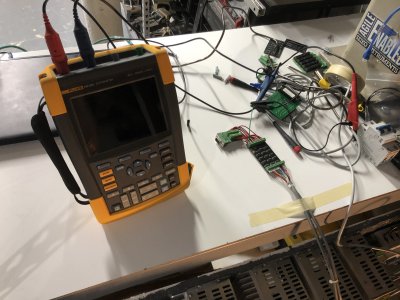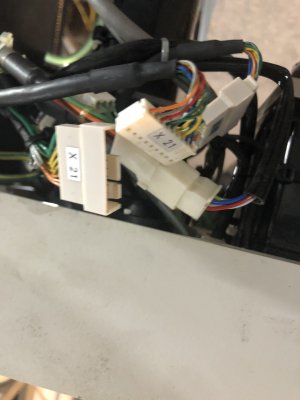- Joined
- Apr 23, 2018
- Messages
- 6,848
An hour of placing SMDs with forceps? I'd pass out from lack of oxygen well before that.
An hour of placing SMDs with forceps? I'd pass out from lack of oxygen well before that.
I use one of those little vacuum pencils thingys. designed to pickup and position SMDs. There cheep and work very well. Still tedious and exacting work
I use one of those little vacuum pencils thingys. designed to pickup and position SMDs. There cheep and work very well. Still tedious and exacting work
Ooohhh! That sounds awesome. Might need to get me one. Where'd you get it?




@Boswell , I too would appreciate if you could provide a link.
This is a super deep subject that makes me really excited, but I think I'll stop here before I bore anyone. If you want to hear more, or have questions, let me know and I'll make a follow-up post.
Enjoying the thread. This is something that really interests me, having fumbled about with a Canadarm model while modding Kerbal Space Program. I knew what I needed to do, but never put the time in to figure out the computation to move the end effector in Cartesian space while having the various joints do all the heavy lifting with an algorithm driving it.
For what it's worth, you might find the Unity game engine to be a good tool for figuring this all out virtually if that's helpful.
